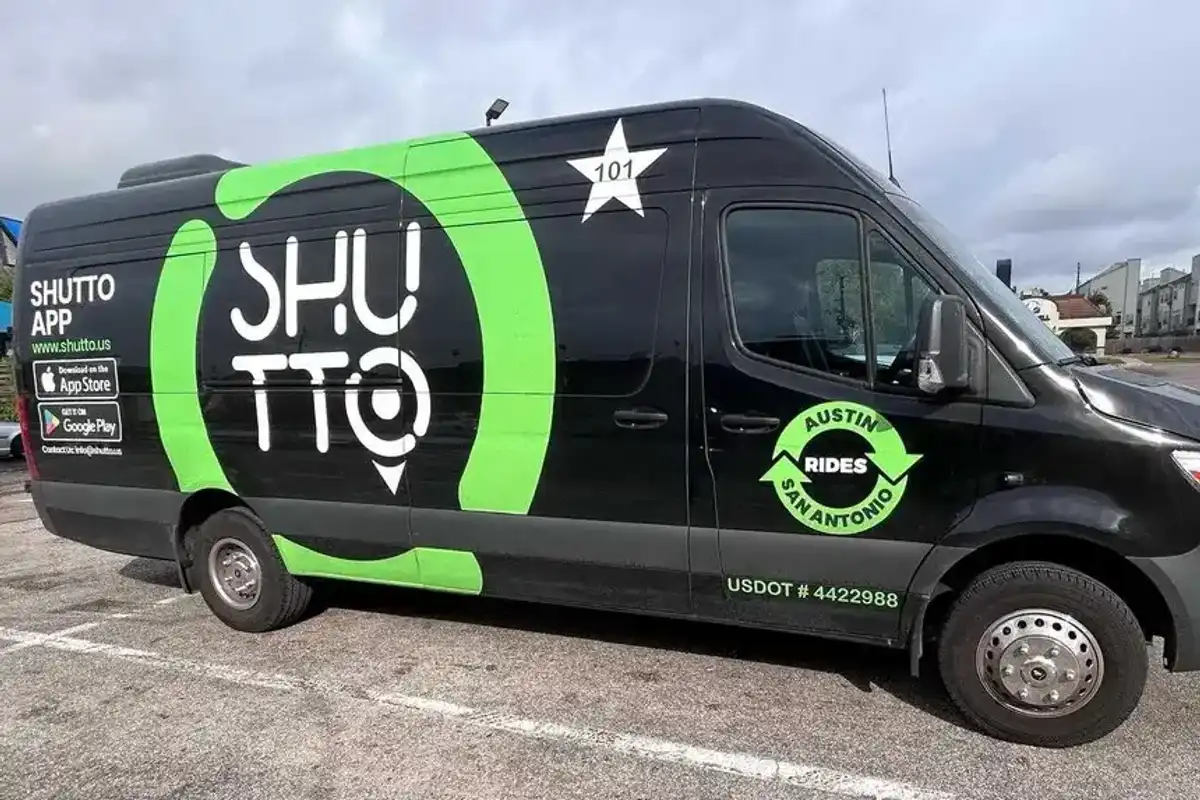New next-gen technology in Houston is enhancing vehicle navigation
Traffic control
The dawn of smart cities is upon us, using the internet of things to solve both big and little problems. In Georgia, Texas, and Hawaii, a new technology is being used that will ease traffic woes for public safety vehicles.
The technology uses dual mode chipsets by Israel-based Autotalks that are installed in roadside units, such as traffic control boxes. Autotalks has teamed up with Applied Information Inc., an Alpharetta, Georgia-based provider of intelligent transportation infrastructure solutions, to provide traffic signal preemption technology that helps emergency vehicles reach their destination safely and quickly.
Traditionally, emergency vehicles travel through traffic with their lights or siren, or a combination of both, activated when on the way to a call. When they near an intersection, drivers must navigate the traffic signals, pedestrians, vehicles, and any road hazards, often times while at speed, all while receiving evolving information about the situation they are approaching.
In 1914, American Traffic Signal Company installed the first traffic light that could be used by police and fire personnel to control the signals in the event of an emergency. Over the last century, the traffic signal preemption technology has evolved, offering acoustic, line of sight, localized radio signal, and GPS technology.
Generations of drivers grew up seeing Rad-O-Lites by the now-defunct Relco Emergency Light Company out of Erie, Pennsylvania, flashing white signals on the same line next to traffic lights alerting them to the presence of a nearby emergency vehicle that was responding to a call.
The new technology being implemented was developed and allows emergency vehicles equipped with the units to initiate traffic signal control measures. While the technology's main use case is in emergency vehicle traffic signal preemption, it can also be used by transit buses for traffic signal priority and vehicles involved in roadside work zones.
The City of Alpharetta, Georgia, was the first in the U.S. to deploy the company's technology. According to a spokesperson for the Alpharetta Department of Public Safety, the RSUs are featured on all traffic signals controlled by the city — approximately 150 units.
In Harris County, Texas, the chips are used in over 500 School Beacon Flasher Timers.
"The AI/Autotalks solution enables roadway operators to confidently deploy V2X technology today so the infrastructure is ready for the auto industry deployment, while providing 'Day One' benefits such as safer, faster emergency vehicle response times now," says Bryan Mulligan, president of Applied Information.
------
This article originally ran on AutomotiveMap.





